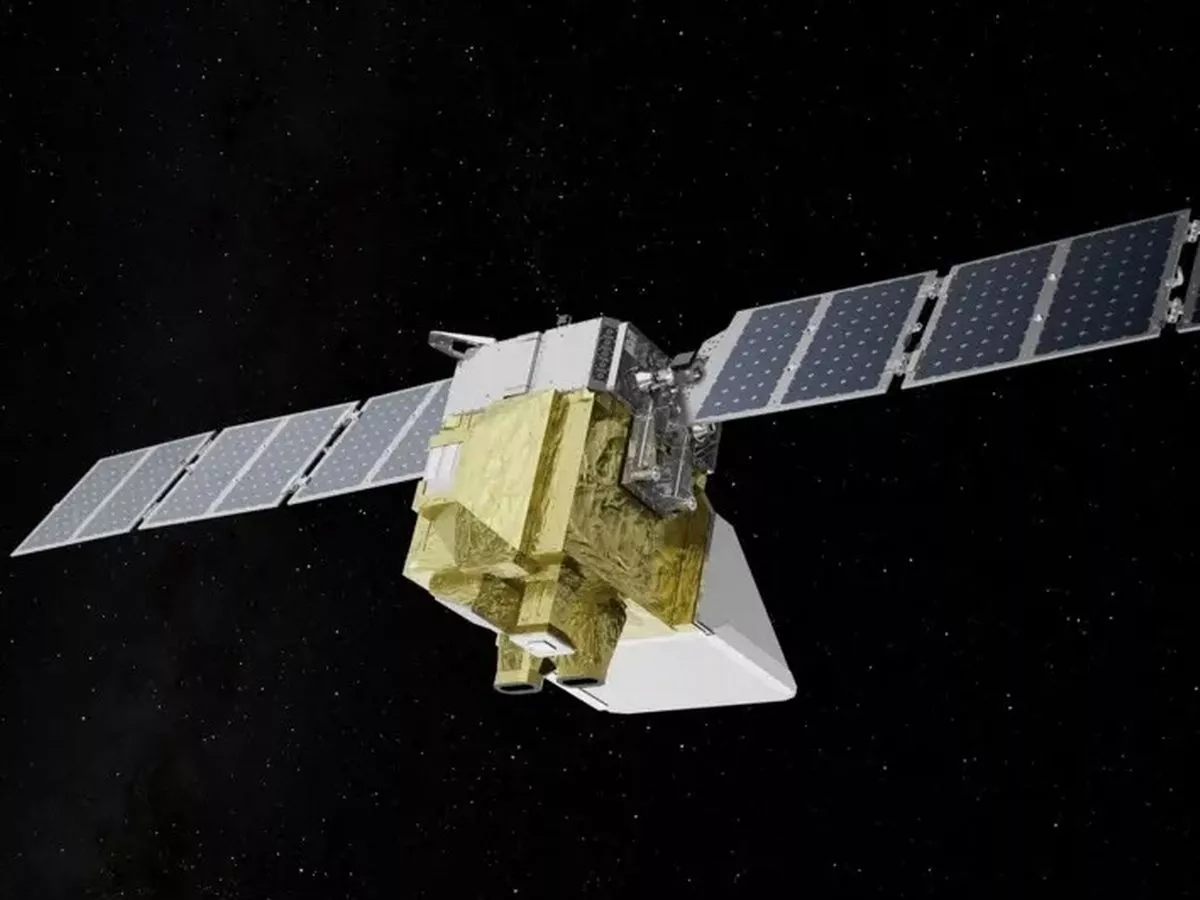By Ashley Pemberton
An $88m satellite backed by billionaire Jeff Bezos that was meant to detect release of planet-warming gases for five years has been lost in space — just over a year since its launch. The MethaneSat satellite, which also had backing from Google, was launched last March aboard an Elon Musk SpaceX rocket. It was meant to collect data of the powerful greenhouse gas methane , which is responsible for nearly a third of human-induced warming, to help curtail the worst offenders. But it had been measuring methane emissions in oil and gas producing regions for just over a year when signal was lost on June 20. The Environment Defense Fund, the US non-profit organisation which oversees the satellite, said an investigation has been launched into what happened. It said that it had lost power and is “likely not recoverable.” Its last known location was over Norway. A statement read: “The mission has been a remarkable success in terms of scientific and technological accomplishment, and for its lasting influence on both industry and regulators worldwide. Thanks to MethaneSAT, we have gained critical insight about the distribution and volume of methane being released from oil and gas production areas. “We have also developed an unprecedented capability to interpret the measurements from space and translate them into volumes of methane released. This capacity will be valuable to other missions.” Methane is the most potent of the greenhouse gases and thought it does not hang around in the atmosphere as long as carbon dioxide, it is 28 times stronger over a 100-year period. Despite an international commitment to reduce methane levels by 30% by 2030, year-on-year it continues to rise with the target unlikely to be met, according to the European Space Agency. Last September, it was reported that levels of methane in the atmosphere were at their highest for at least 800,000 years after rising at record speed. The main sources of methane include oil and gas wells, cows and other ruminants, wetlands and landfill sites. Environmental experts have been pressing for a “quick win” by curbing the gas because it is shorter-lived than carbon dioxide but has a global warming potential 80 times greater when released. Fitted with advanced spectrometers, MethaneSAT was able to detect methane levels, even at low levels, across a wide area, making it one of the most advanced methane-tracking satellites in the world. It made several findings that significantly boosted the understanding of methane emissions around the world, observing levels that were 10 times higher than reported in some areas. Project lead Steven Hamburg wrote in a post to LinkedIn in May: “MethaneSAT has produced remarkable data. MethaneSAT is ushering in a new era of transparency and problem-solving… The mission is ambitious, and space missions are challenging. But the climate can’t wait, and neither can we.” For the latest breaking news and stories from across the globe from the Daily Star, sign up for our newsletter by clicking here .
